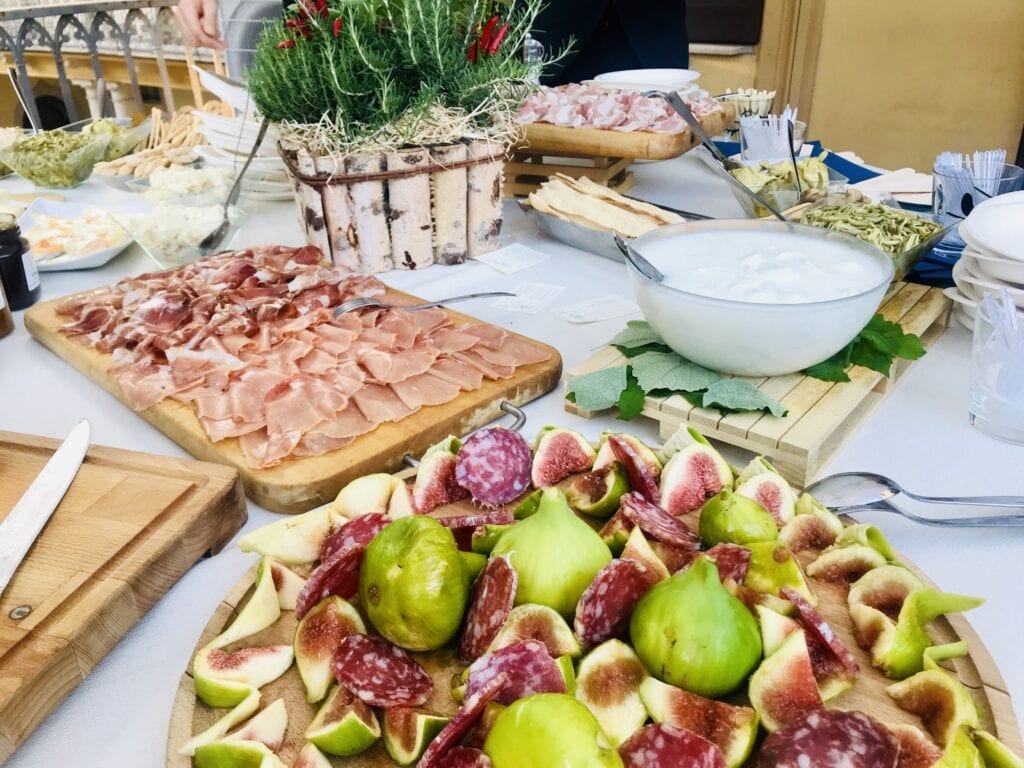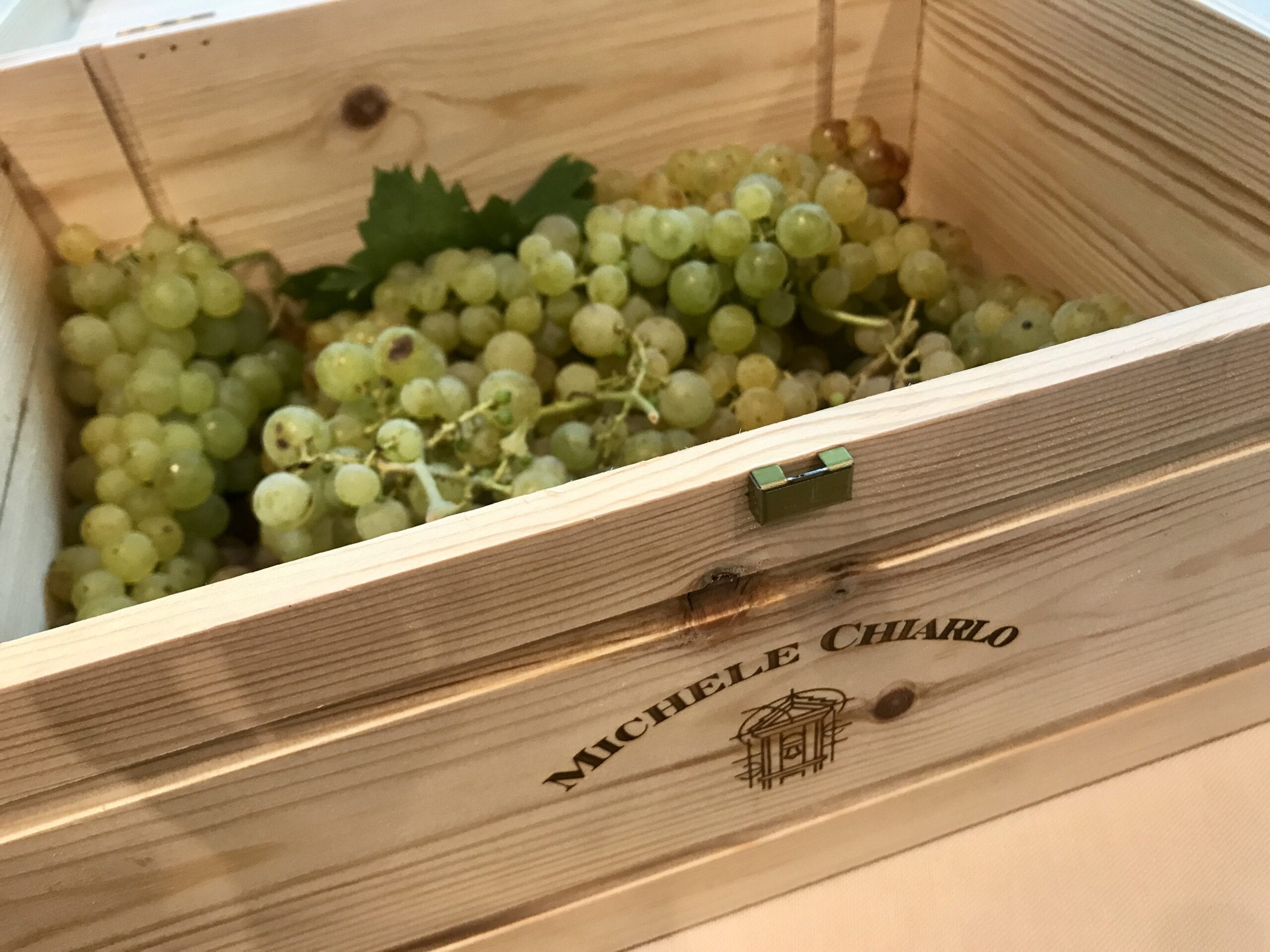They say imitation is the sincerest form of flattery, but Italian producers of authentic Moscato d’Asti aren’t so amused by bottles of fake wine from Russia that brazenly bear their name. Shameless counterfeiters may slap the name Moscato d’Asti on a bottle, but the true essence of this Piedmontese wine is inimitable. Moscato d’Asti is more than just a delicious sweet and fizzy wine; it represents a rich tradition of winemaking and a cultural legacy.
Moscato d’Asti: a Sweet Part of Italy’s Heritage
Why is it that we are often so dismissive of the sweet things in life as less interesting or less worthy of our appreciation? I must confess that prior to my recent visit as a guest of the Asti DOCG Consortium to the province of Asti in the north of Italy in Piedmont, I knew relatively little about Moscato d’Asti, beyond its sweetness and worldwide popularity. I mistakenly considered it a wine that was made in Italy but not truly a part of the Italian lifestyle. Color me wrong. The winemakers, chefs, and everyday folks that I met in Asti made it clear to me that their love of Moscato d’Asti runs deep and the wine is an integral part of Piedmont’s gastronomic and social traditions.

Naturally sweet and low in alcohol, Moscato d’Asti’s prettiness makes it seem deceptively simple. However, precise winemaking is required to retain the essence of the Moscato Bianco grape – the only grape that is authorized in the production of Moscato d’Asti. Moscato Bianco is an ancient Mediterranean grape that has grown in the region for hundreds of years and it was made into Italy’s first official sparkling wine in 1865 by Carlo Gancia. The Asti Consortium was founded in 1932 and Moscato d’Asti was awarded DOCG status in 1993, the highest level of quality for Italian wines.
Visiting vineyards in Asti, I was amazed at how the naturally sweet and delicate flavors of the Moscato Bianco grapes that I tasted on the vines retained their personality in the wine. A well-made glass of Moscato d’Asti is a true thing of beauty. Seductively aromatic, Moscato d’Asti is sweet but nuanced with lively acidity and subtle fizz. It is a tapestry of flavors – peach, honey, apricot, sage, wisteria, lemon, and more. Like all wine grapes, Moscato Bianco reflects the characteristics of terroir.
It really shouldn’t be surprising that Moscato d’Asti is made with such care and attention. After all, Piedmont is one of Italy’s most prestigious wine regions. It is world-renowned for Barolo, Barbera, and Barbaresco; many of the winemakers that I met in Asti also produce these top-tier red wines and do not view Moscato d’Asti as an inferior product, but as a unique and important part of their winemaking heritage. Moscato d’Asti producers like Michele Chiarlo produce some of the finest and most awarded red wines in the world; certainly their Nivole Moscato d’Asti meets exacting standards.

Moscato News
It is an exciting time for winemaking in the Asti region. The new Asti Secco DOCG wines are a dry expression of sparkling wine of the Moscato Bianco grape. And Asti Dolce DOCG wines are made in the spumante style – a great option when you’re craving a sweeter wine with more bubbles than Moscato d’Asti. If you’re planning a trip to Piedmont, I highly recommend eating and drinking like the locals. A glass of Moscato d’Asti adds so much sweetness to life!
To learn more about Moscato d’Asti, I also recommend visiting the Moscato d’Asti Stories website. Yes, yours truly is featured in some of the video segments.




